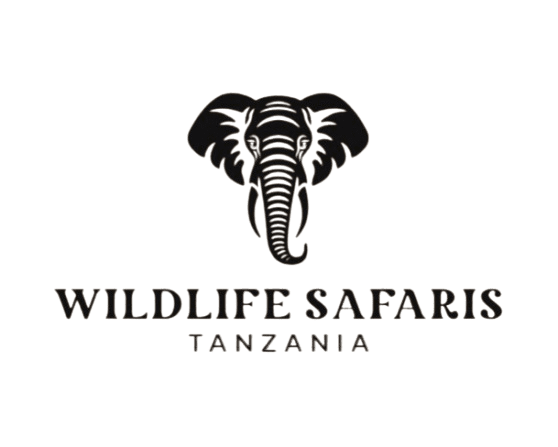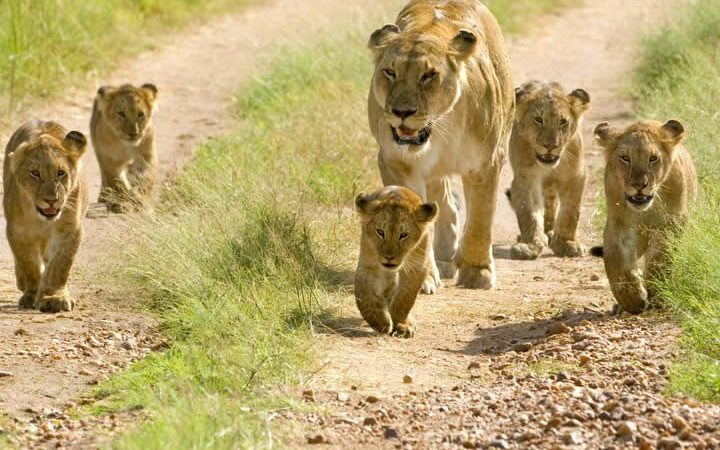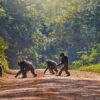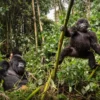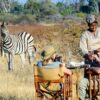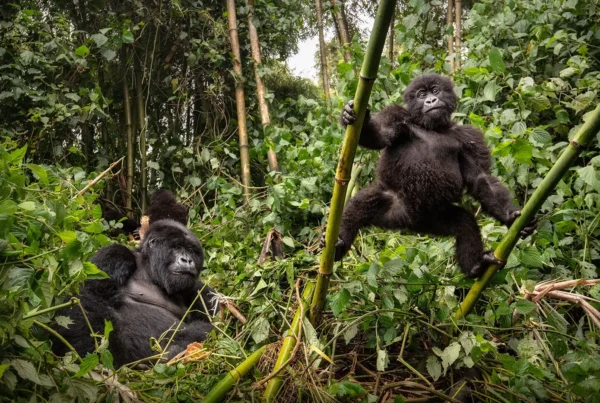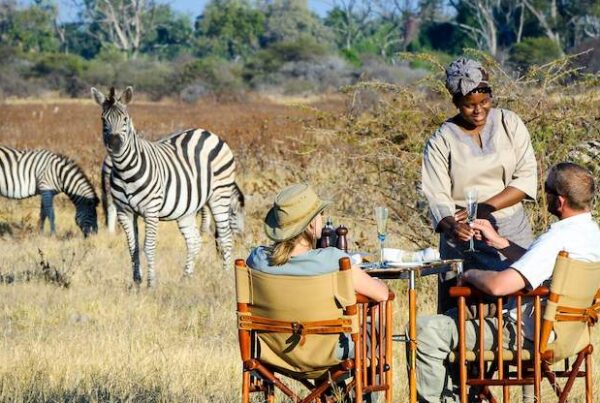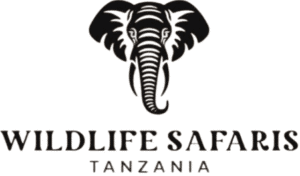The Five Most Popular Tourist Spots in Southern Tanzania
Even though they are ideal for first-time tourists, the Serengeti, Kilimanjaro, and Ngorongoro Crater tend to be somewhat crowded. If you’re planning to return to the area, we recommend checking out the less-visited parks. There is a larger concentration of wildlife, although the traffic is limited. Anyone, from seasoned tourists to first-timers, may enjoy these hidden beauties.
To avoid the crowds, first-timers have been known to visit parks in southern Tanzania. To their delight, they not only had a memorable safari, but they continued coming back to discover even more hidden jewels. Here we explore five of the most popular spots in Southern Tanzania.
Protected Area of Kitulo
This jewel is known only to a select few inquisitive guests. Kitulo is a picturesque village in the Southern Highlands that is open to all nature lovers. It is located close to Mbeya. This tranquil spot is perfect for a honeymoon or anniversary getaway.
Nearly forty-five different kinds of orchids call this area home. We all know how important flowers are to loved ones, therefore when the flowers bloom in Kitulo from November to May, it becomes a picture-perfect backdrop for photographers, honeymooners, and any couple that loves flowers. Because of its abundant floral life, it was dubbed the “Garden of God” or the “Serengeti of Flowers.”
In addition to its flower-filled landscape, Kitulo is located in a hilly area where the Livingstone and Kipengere Mountains rise. Try the gently-sloped peaks of Livingstone if you’re a hiker. Kitulo is home to kipunji monkeys and other uncommon primates on its lower slopes. You could also see baboons, colobus monkeys, antelopes, and birds.
To reach Kitulo, take an aircraft to Mbeya’s Songwe International Airport (either regularly scheduled or chartered), then drive for two or three hours to the park’s main entry, the Matama Gate.
Nature Reserve of Mikumi
Seated in the southern highlands, Mikumi is home to a diverse array of ecosystems that entice a wide variety of wild species, from massive mammals like elephants to little ones like mice. Travelers flying into Dar es Salaam International Airport (Julius Nyerere International Airport) rave about Mikumi, referring to it as “Little Serengeti near Dar es Salaam.” A beautiful example of how easily accessible this park is.
The Mikumi ecosystem is characterized by vast, seemingly endless grasslands in the Mkata Floodplains, much like the Serengeti. Lion prides, elephant herds, wildebeests, zebras, and giraffes are just few of the animals that call this environment home. Primate species like as black-and-white colobus monkeys and vervet monkeys call the thick woods around the mountains of Uluguru, Lumango, and Rubeho home.
In Mikumi, you may find four of the Big Five. Elephants, lions, leopards, and buffalo are guaranteed sights. The rhino is not in stock. Along with birds, the park’s two man-made lakes are inhabited by many crocodiles and huge pods of hippos. Additionally, you may come across sable antelope, blue wildebeest, Lichtenstein’s hartebeest, spotted hyenas, and African painted dogs.
The route that goes through Mikumi makes it easy to reach from Dar es Salaam. Nyerere National Park, for example, has direct flights from Dar es Salaam, so you may drive there instead.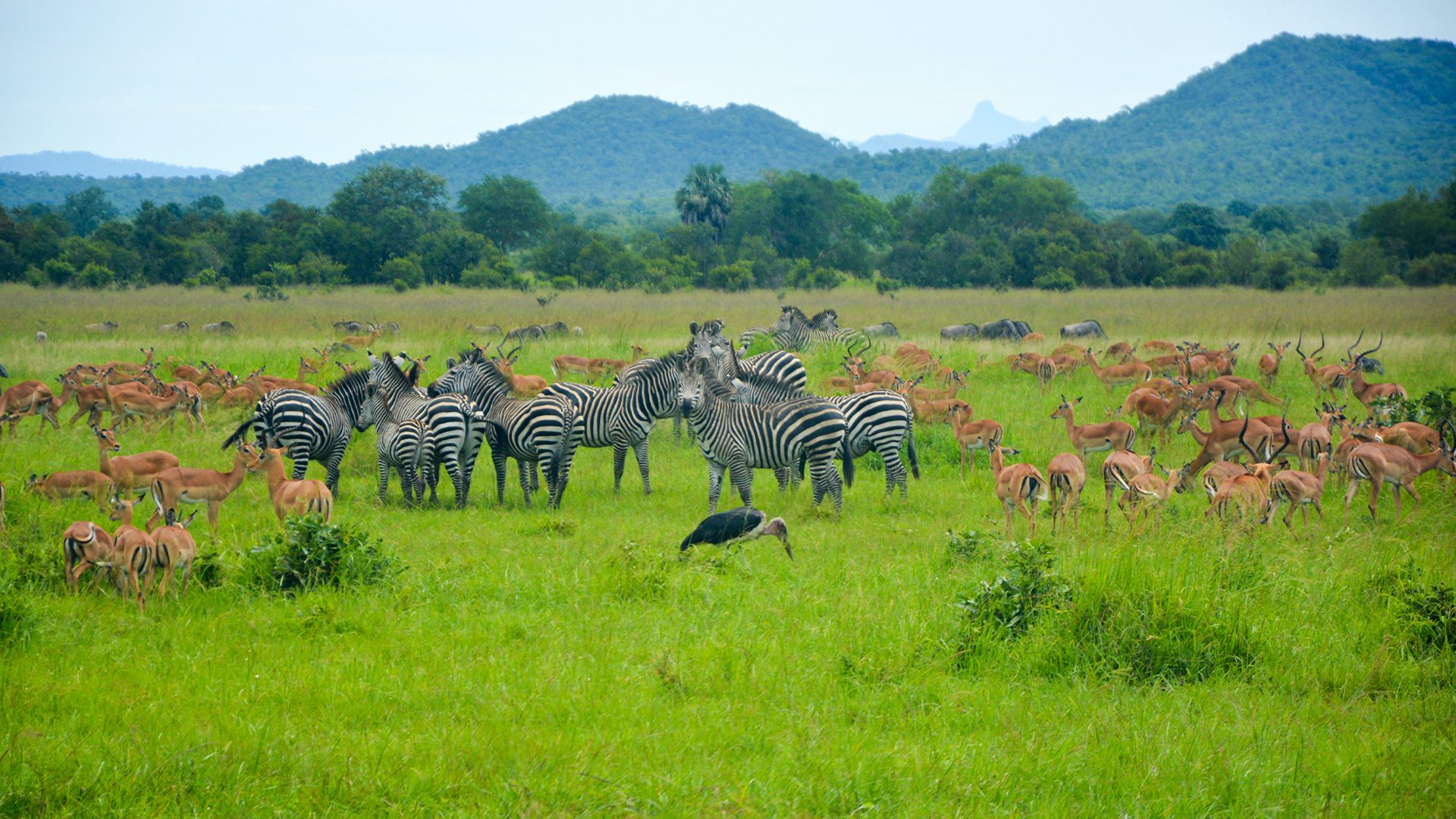
Parc National des Udzungwa des Monts
Many species that are in risk of extinction call the Udzungwa Mountains home. For this reason, environmentalists find it to be a fascinating location. Here you may see kipunji monkeys; stay with us for a description of these apes.
Except for the Nyakyusa, who knew it via stories, few ecotourists were aware of this monkey. In 2003, the Rungwe Mountains were the site of the initial find. They also came across the Udzungwa Mountains the next year.
Along with kipunji, this park is home to a number of extremely uncommon monkey species, including the Iringa red colobus, Sanje mangabey, and eastern black colobus. Udzungwa woodland partridge and Rufous-winged sunbird are two of the 350 bird species that are prevalent, and you may also see Abbott’s duiker, Grey-faced sengi, amphibians, and reptiles.
Hikers of all skill levels are invited to explore the park’s rugged terrain and ascend its picturesque paths. The park is filled with waterfalls, so you may stop and admire them as you go. The Sanje Waterfalls are a favorite destination. With their thunderous descent from 170 meters, these waterfalls not only provide a lovely mist but also a picturesque soundtrack of nature.
Peaceful Nyerere Country Park
Nyerere is a beautiful, less-visited park that is well-known for being the biggest in Africa, covering 30,393 square kilometers, or 11,900 square miles. The grasslands, woods, rivers, and forests that make up its varied ecosystems are quite remarkable. Having said that, this breathtaking national park is home to a rich array of animals, but the influx of tourists has lagged behind.
If you are looking to complete the Big Five, here is a great place to accomplish it. On a game drive, you’re guaranteed to encounter leopards, buffalo, elephants, and lions. Rhinos are difficult to come across. Trusting our guides is all it takes; they have a clue. Also, zebras, impala, wildebeest, giraffes, and more are all within your sight.
Photography enthusiasts may find Nyerere National Park to be an intriguing location due to its stunning, unspoiled landscape. People who enjoy watching birds also go to this area. Nyerere has many more attractions and activities. As an example, a trip down the Rufiji River by boat is an exciting experience. Hippos, crocodiles, and avian species inhabit the riverbanks.
Ruaha Environment Reserve
In comparison to Nyerere, Ruaha is smaller. With an area of 20,226 square kilometers, Ruaha is home to a wide variety of animals because to its varied ecosystems, which include rivers, woods, savannah plains, and forests.
Since 10% of Africa’s lions live in Ruaha, big prides of lions may be seen here. It is also the best place to observe these majestic creatures because the park has the greatest number of elephants there. Rare animals such as sable antelope, wild dogs, and Lichtenstein’s hartebeest are also seen.
Large groups of hippos, crocodiles, and river birds may be seen during a boat journey along the Great Ruaha River. Porcupines, bat-eared foxes, jackals, spotted hyenas, and even large cats like lions and leopards can be observed during a night safari.
The last word
Unspoiled nature and breathtaking mountain ranges characterize the southern safari circuit, which is tucked away. Compared to parks in the north, this one is more affordable, and you may see rare animals while staying in pleasant, opulent hotels and campers. If you need assistance organizing your next safari in Tanzania, our planners are at your service.
